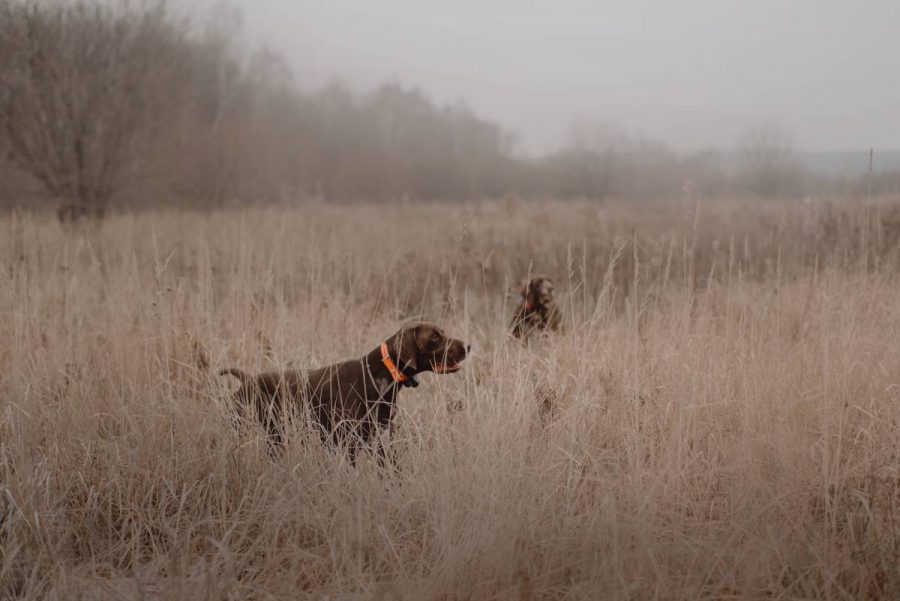GPS for hunting dogs is one of the most important areas of application in terms of tracking systems for animals. In hunting, the need to keep track of your dog’s movements is absolutely essential, since they move through the open countryside, chasing after prey. If they are not well trained, without an efficient localisation system every outing represents the risk of losing sight of our companion or of them becoming easy prey for some attacker.
This is why the first GPS solutions for animals were developed in this area and it is still today where some of the most expensive and sophisticated products on the market are used, despite some important limitations compared to more commercial solutions.

GPS for hunting dogs: differences with domestic dogs
The world of hunting dogs is not the same as that of our more domestic four-legged friends: they move in the open countryside, darting among bushes and tall grass, always ready to chase and catch their prey with lightning speed. It goes without saying that a localisation system for these animals is indispensable, but it is even more essential that it works quickly and precisely. The communication between collar and receiver must take place in real time without any kind of lag, and the precision of the hunting dog GPS must be as close as possible. It is not enough to define an area of a few metres wide within which to search: owners of hunting dogs need to know accurate data on the position, speed and direction of the moving dog with frequent updates every few seconds. The GPS hunting dog collars also have some useful features for training as they allow you to send sound and light signals, but be wary of those that also generate electrical impulses as these are absolutely forbidden in our country.
Limitations of GPS for hunting dogs
The limitations of these devices are related to the range of communication and the price: a receiver with topographic maps costs several hundred euros, and the communication between collar and receiver takes place over radio frequencies that are not always free and therefore require administrative authorisation in order to use them. On the other hand, the most common GPS for hunting dogs that we can easily find on Amazon exclude the cost of the receiver and integrate a GSM telephone line module, overcoming these limits and still providing a satisfactory user experience.
